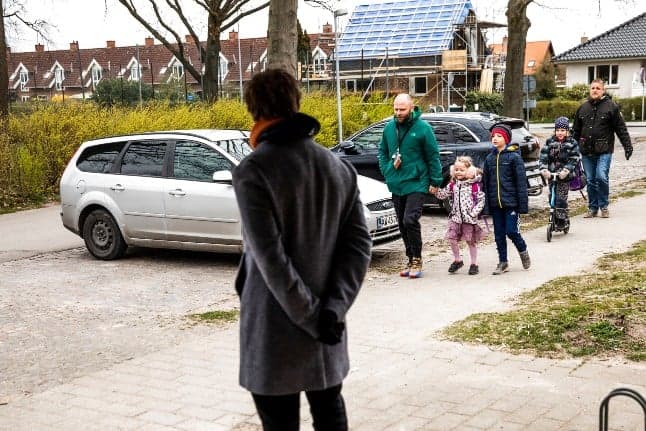Tell us: How did Denmark's opening of schools and kindergartens go for you?

For the parents among you, how did you find the opening of schools and kindergartens on Wednesday?
Please fill in the form below, so we can collect the experiences of different foreigners living in Denmark (and if you're Danish born-and-bred, you are also more than welcome to fill it in).
We'll keep updating our article as responses come in, so please continue to fill in and add to your experiences as the week goes on.
Loading…
Comments (1)
See Also
Please fill in the form below, so we can collect the experiences of different foreigners living in Denmark (and if you're Danish born-and-bred, you are also more than welcome to fill it in).
We'll keep updating our article as responses come in, so please continue to fill in and add to your experiences as the week goes on.
Loading…
Join the conversation in our comments section below. Share your own views and experience and if you have a question or suggestion for our journalists then email us at [email protected].
Please keep comments civil, constructive and on topic – and make sure to read our terms of use before getting involved.
Please log in here to leave a comment.